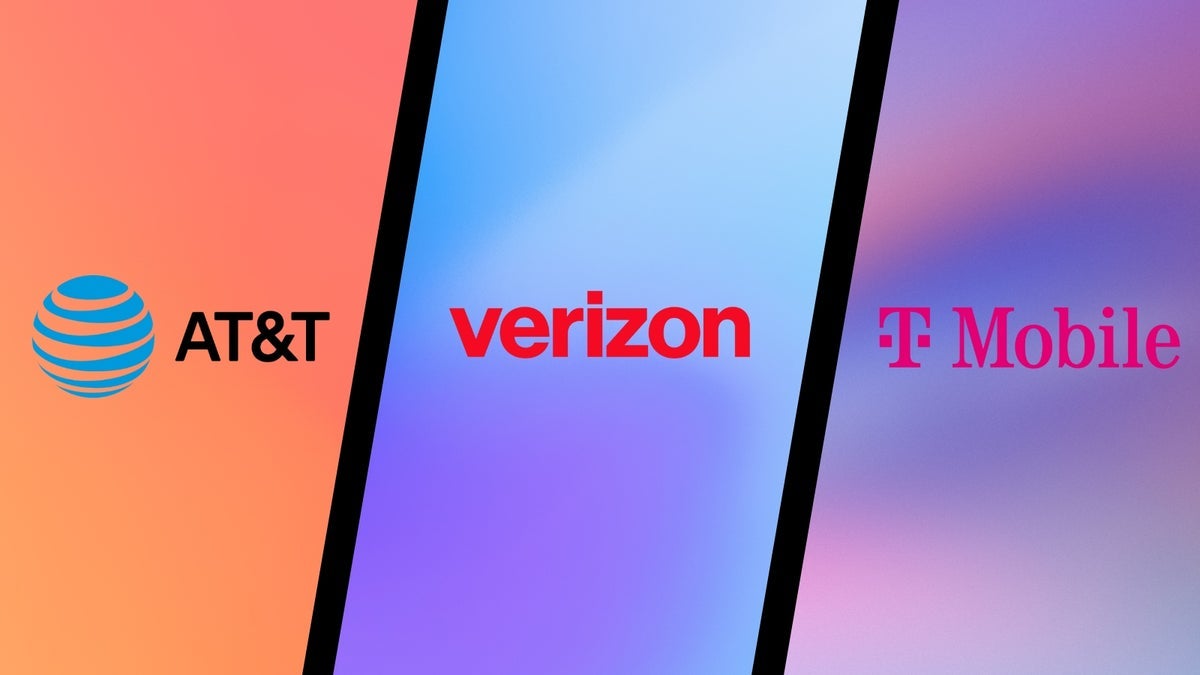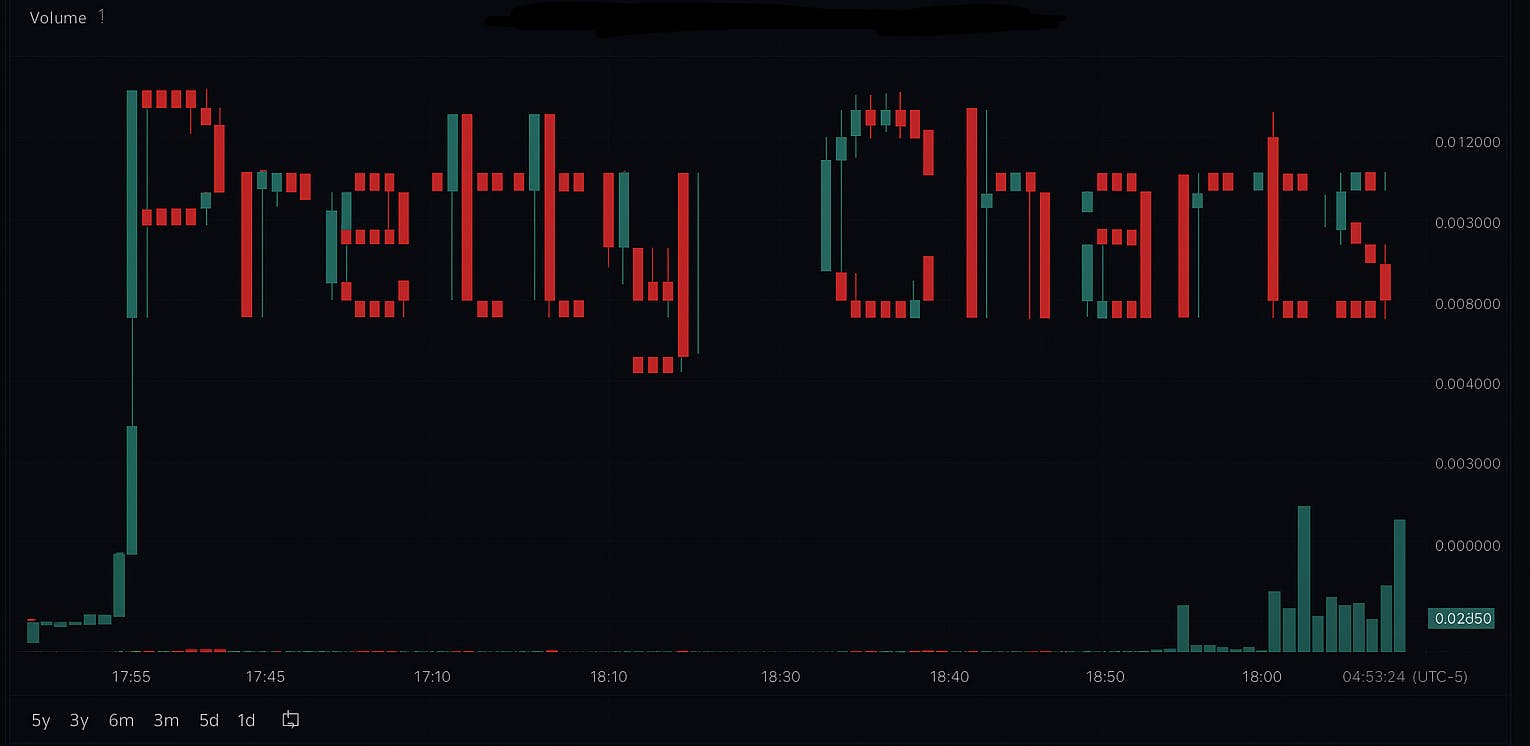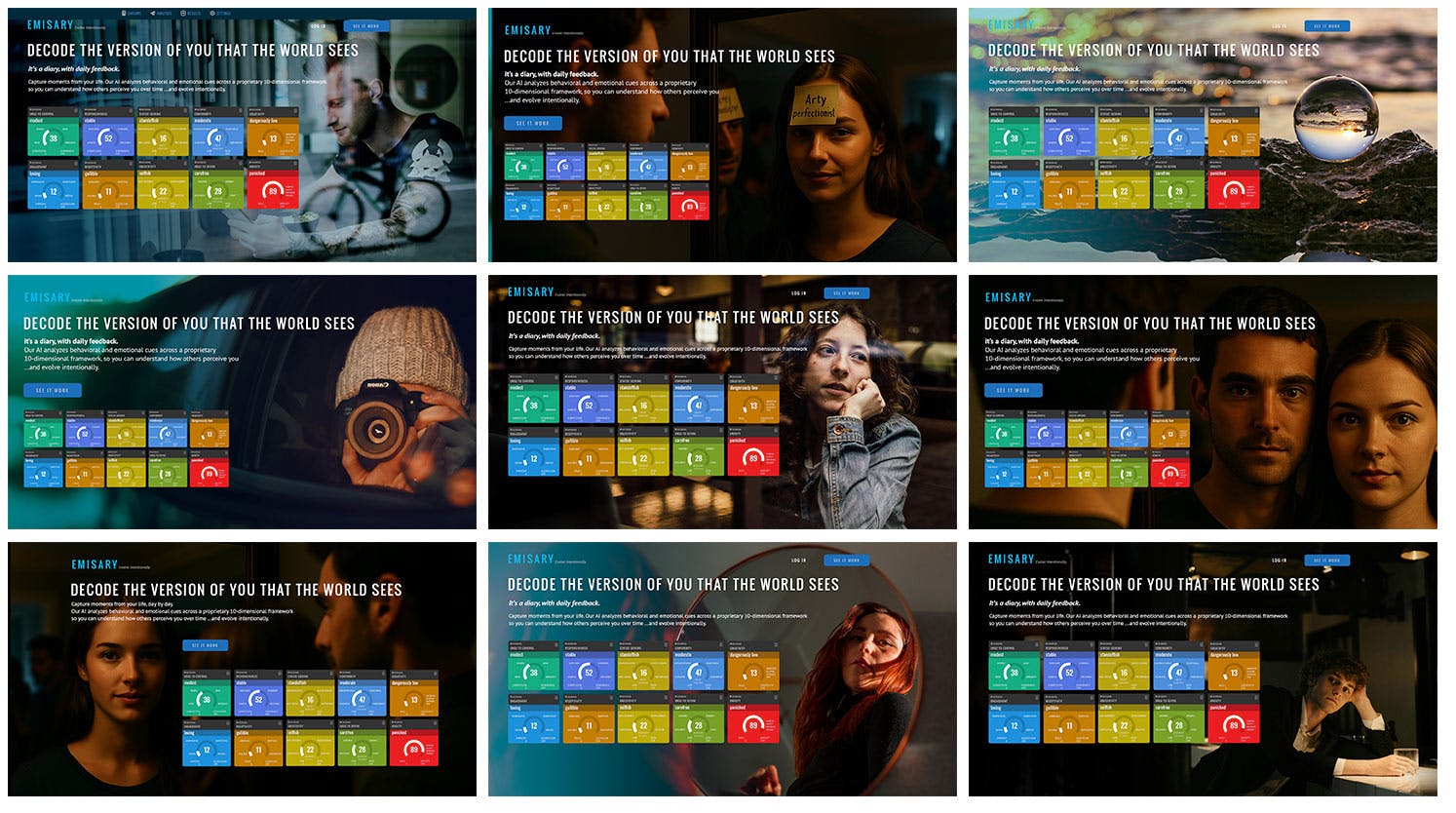This website contains affiliate links. Some products are gifted by the brand. As an Amazon Associate, I earn from qualifying purchases. The content on this website was created with the help of AI.
While I share money-making strategies, nothing is “typical”, and outcomes are based on each individual. There are no guarantees.
So you’ve put in the work, your blog is finally getting traffic, and maybe you’ve turned on display ads. The cents are trickling in from ad revenue, and it feels like you’re on your way. But what if I told you that relying just on ads is like leaving a pile of cash on the table? You’re letting your most valuable, purchase-ready readers slip through your fingers.
But what if I told you there’s a platform where millions of users are actively searching for your exact ideas, with their wallets practically open, ready to buy? And what if you could build a smart, ethical system that guides those people straight from that platform to your blog?
Today, I’m going to give you my complete strategy to stop wasting your creative energy and start using Pinterest to drive thousands of targeted visitors—visitors who actually click and buy—right to your blog. This isn’t about spammy tricks or get-rich-quick nonsense. This is the real-deal framework that actually works.
Hi, I’m , and I am a fellow blogger who got so tired of the Pinterest affiliate income hustle.
For years, I was stuck in that same frustrating loop. I was creating content I was genuinely proud of, but my ad revenue and affiliate reports were just depressing, showing less than $10 a month. I knew there had to be a better way. So, I went all-in on Pinterest blogging, and after months of testing and tweaking, I finally cracked the code.
I developed the exact strategy I’m sharing with you today—a strategy that took my blog from a passion project to a consistent four-figure monthly income stream. And it all came from understanding how to use Pinterest the right way.
Before we get into the how-to, we need to talk about the “why.” Why Pinterest? Why is it such a powerful tool for bloggers, especially if you’re in the craft, DIY, or style space?
The answer is simple: user intent.
Unlike other social media apps where people are just passively scrolling to kill time, people on Pinterest are in discovery mode.
Think of it less like a social network and more like a visual search engine. Users are actively planning, searching for ideas, and, most importantly, looking for products to buy. In fact, a huge number of weekly Pinners have made a purchase based on a Pin they saw.
They want to find your perfect list of craft supplies. They are there with a purpose, and that purpose often leads to a purchase.
Plus, the content on Pinterest has an incredibly long lifespan. A Pin you create today can keep driving traffic and sales for months, or even years, after you post it. We’re not playing the game of content that vanishes in 24 hours. We’re building a long-term, passive-income asset for your blog.
So, let’s get our goal straight. We’re not just going to fling affiliate links into the digital wind and hope for the best. We are going to build a sustainable machine that attracts your ideal reader, gives them tons of value, and guides them from a Pinterest search right to your blog’s shopping list.
Alright, let’s get into the good stuff—the actionable steps. I’ve broken this down into a five-step framework. Follow this, and I bet you get those results.
First, a quick prerequisite.
This entire strategy assumes you have a professional Pinterest Business account that’s fully optimized. This means your website is claimed, and your bio and boards are filled with keywords your audience is searching for. That’s your foundation. Today, we’re building the moneymaking machine on top of it.
This next step is the absolute core of the entire strategy, and it’s where so many bloggers get it wrong. The goal is NOT to just spray direct affiliate links all over Pinterest. While Pinterest does allow this, it can look spammy and completely misses the biggest opportunity: building trust and a loyal audience.
Instead, we use what I call the “Content Bridge.” Your blog is the bridge.
Here’s how it flows for a craft blog: let’s say you write a post called “How to Create a Stunning DIY Macrame Wall Hanging.”
A user on Pinterest finds your beautiful macrame Pin, they click through to your blog post to learn how, and the very first thing they see is a convenient, one-stop shopping list with all your Amazon affiliate links. Right at the top, before you even start the how-to steps, you have a section called “Shop The Supplies.”
Each item—the macrame cord, the wooden dowel, the scissors—links directly to the product on Amazon using your Associates link.
This isn’t just for craft blogs.
Let’s apply this to another popular niche: fashion. Imagine you write a blog post titled “The Ultimate 10-Piece Fall Capsule Wardrobe.” Your Content Bridge strategy would be to feature a “Shop the Capsule” gallery right at the top. Here, you’re not just linking to random clothes. You’re linking to specific pieces that fit the aesthetic: the perfect black turtleneck from a store you’re affiliated with through LTK, a versatile trench coat using a direct partner link from a brand like J. Crew, and those classic white sneakers from your Amazon Associates account.
You’re providing a curated, one-stop shopping experience based on your expertise.
Why does this work so much better? First, it builds trust. You’re a helpful guide giving them context and a tutorial. The blog post is your chance to show off your expertise and genuinely help the reader. Second, you own your blog. You have control to add multiple affiliate links, an email sign-up form, and recommend other posts—none of which you can do with a direct affiliate link.
Your Pins are your billboards.
They have to be eye-catching enough to stop the scroll and earn that click.
First, let’s talk design. You don’t need to be a graphic design genius. Use a tool like Canva—it has thousands of Pinterest templates. If you are excited about AI, I love ideogram.
The most important thing is to use high-quality, vertical images. The ideal size is 1000 by 1500 pixels or 9:16 aspect ratio.
Your Pin design absolutely needs a clear text overlay. The text on the image should scream value instantly. Instead of a boring “Macrame Tutorial,” try a hooky title like “Easy DIY Macrame for Beginners” or “The Perfect Fall Capsule Wardrobe – but BOHO”
You could even include a call-to-action (CTA) on the Pin image itself. Something as simple as “Click to Read the Tutorial” or “Get the Shopping List” which can make a massive difference in your click-through rate.
And here’s a pro tip: create multiple, unique Pins for every single blog post. Pinterest’s algorithm loves fresh content, and a “Fresh Pin” is just a new image or video that it hasn’t seen before. You can whip up 5-7 different Pin designs that all link to the same blog post, each with a slightly different title or photo. This multiplies your chances of one of them taking off.
I use Tailwind to schedule new pins with the same URL at least 7-days apart. New accounts that are less established do need to be careful about tripping a spam filter.
Finally, just like your profile, every Pin needs to be optimized with keywords. Use your target keywords in the Pin title and, most importantly, in the detailed description. Write a couple of sentences describing what the Pin is about, naturally weaving in the terms people are searching for. This is how your Pins get discovered long after you’ve hit publish.
I use Pinclicks for keyword research.
Mid-Video Engagement
This brings me to the pinning strategy itself, but I want to pause and ask you—what’s the single biggest thing you struggle with on Pinterest right now? Is it creating the Pins, finding keywords, or something else entirely? Let me know in the comments below. I read and reply, and I’d love to help you out.
Step 4: The Smart Pinning Strategy
So, you’ve made your gorgeous, optimized Pins. Now what? You need a smart plan for getting them out into the world.
Consistency is the number one rule on Pinterest.
The algorithm rewards creators who are active. This doesn’t mean you have to be pinning 50 times a day—that’s old advice. A consistent schedule of 5-10 quality pins per day is a fantastic target. You can use a scheduling tool like Tailwind, which is an official Pinterest partner, to plan your content in advance.
You also need to pin to relevant boards. Your boards should be organized by the specific topics you cover on your blog. Use clear, keyword-optimized names for your boards, like “DIY Craft Projects” or “Boho Fashion Ideas,” not cutesy names like “My Fun Creations.” This helps both users and the Pinterest algorithm figure out what your content is about.
To get more eyes on your Pins, look for relevant group boards in your niche. These are collaborative boards where multiple creators can contribute. Pinning to high-quality group boards can get your content in front of a much larger audience.
And finally, always remember to disclose your affiliate relationships. On your blog, have a clear disclosure right at the top of the post, especially when using Amazon links. Something like, ‘This post contains affiliate links. As an Amazon Associate, I earn from qualifying purchases.’ It’s required, and it builds trust. If you ever use a direct affiliate link on a Pin, you must disclose it in the description using hashtags like #affiliate, #ad, or #sponsored. Transparency isn’t optional; it’s essential.
And of course, you can’t improve what you don’t measure. Your Pinterest Business account comes with a powerful analytics dashboard. This is your treasure map. I also like LASSO, a WordPress plugin for measuring which affiliate links on my blog are getting clicked. One day, I had 5 sales on one comforter set that I linked through my LTK app, and I was able to find the page using my Lasso search link feature. That was incredibly helpful.
In your analytics, you can see your top-performing Pins—the ones getting the most impressions, saves, and outbound clicks. These are the Pins that are truly connecting with your audience.
Once you find a winning Pin, don’t just let it sit there. Double down on it. Create more Pins with similar designs, topics, and titles. If a Pin about “Farmhouse Decor” is driving a ton of traffic, that’s a massive signal from your audience to create more content and Pins around that exact theme.
Your analytics tell you what’s working so you can stop guessing and start making data-driven decisions. Spend just 15 minutes a week digging into your analytics to spot these trends. This is how you refine your strategy over time and make sure your effort is going where it will have the biggest impact.
So, let’s do a quick recap of the framework.
One: Start with a professional, optimized Pinterest foundation. Two: Use your blog as the essential “Content Bridge,” putting a shoppable, curated list right at the top of your tutorials. Three: Create multiple, compelling, keyword-optimized Pins for every post. Four: Stick to a smart and consistent pinning schedule using relevant boards. And five: Use your analytics to find out what’s working and do more of it.
This is the exact, repeatable system that can turn your blog from a time-consuming hobby into a real revenue stream. It’s about working smarter, not just harder. It’s about connecting with an audience that is actively searching for the value you’re already creating.
Now that you have the strategy to drive all that targeted traffic, the next crucial piece of the puzzle is making sure your blog post is perfectly set up to convert that traffic into commissions. Learn more in my coaching program at BallenBlueprint.com.











